
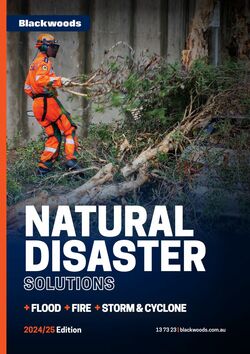
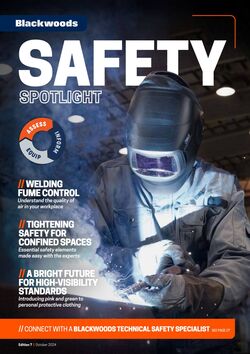
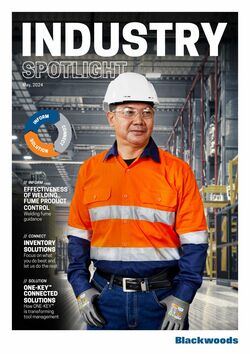
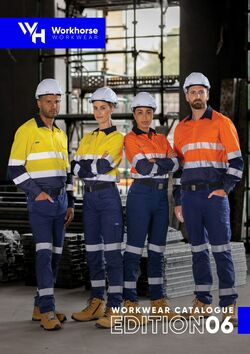
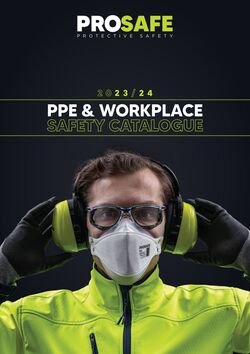
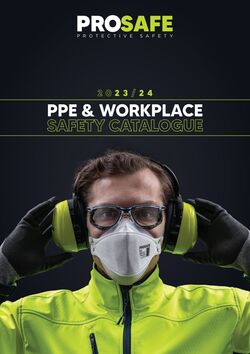
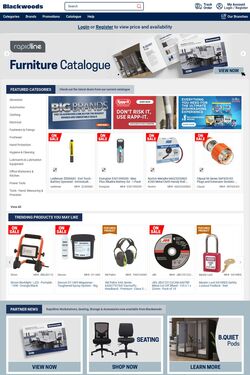
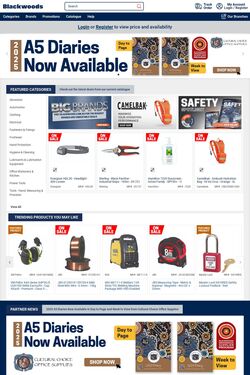
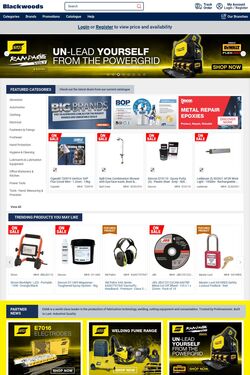
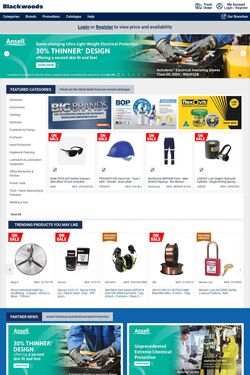
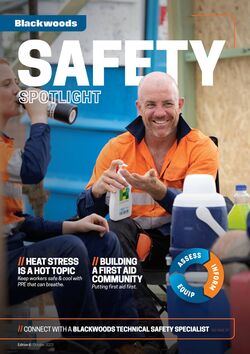
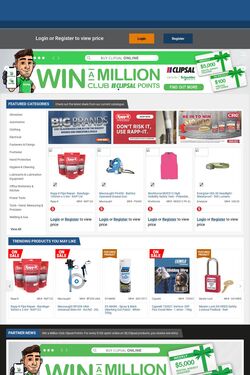
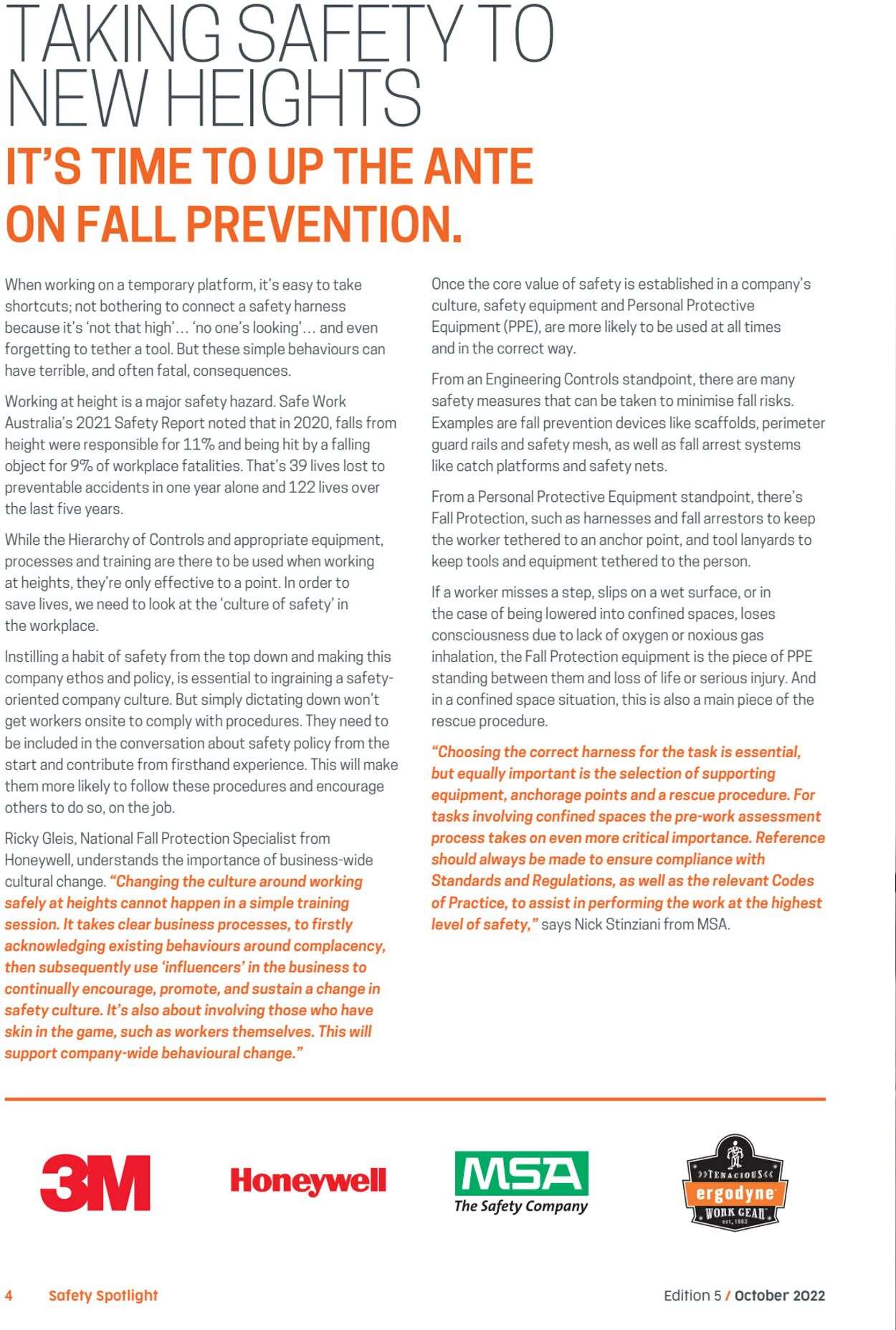
Products in this catalogue
TAKING SAFETY TO NEW HEIGHTS IT’S TIME TO UP THE ANTE ON FALL PREVENTION. When working on a temporary platform, it’s easy to take shortcuts; not bothering to connect a safety harness because it’s ‘not that high’... ‘no one’s looking’... and even forgetting to tether a tool. But these simple behaviours can have terrible, and often fatal, consequences. Working at height is a major safety hazard. Safe Work Australia’s 2021 Safety Report noted that in 2020, falls from height were responsible for 11% and being hit by a falling object for 9% of workplace fatalities. That's 39 lives lost to preventable accidents in one year alone and 122 lives over the last five years. While the Hierarchy of Controls and appropriate equipment, processes and training are there to be used when working at heights, they're only effective to a point. In order to save lives, we need to look at the ‘culture of safety’ in the workplace. Instilling a habit of safety from the top down and making this company ethos and policy, is essential to ingraining a safety- oriented company culture. But simply dictating down won't get workers onsite to comply with procedures. They need to be included in the conversation about safety policy from the start and contribute from firsthand experience. This will make them more likely to follow these procedures and encourage others to do so, on the job. Ricky Gleis, National Fall Protection Specialist from Honeywell, understands the importance of business-wide cultural change. “Changing the culture around working safely at heights cannot happen ina simple training session. It takes clear business processes, to firstly acknowledging existing behaviours around complacency, then subsequently use ‘influencers’ in the business to continually encourage, promote, and sustain a change in safety culture. It’s also about involving those who have skin in the game, such as workers themselves. This will support company-wide behavioural change.” Once the core value of safety is established in a company’s culture, safety equipment and Personal Protective Equipment (PPE), are more likely to be used at all times and in the correct way. From an Engineering Controls standpoint, there are many safety measures that can be taken to minimise fall risks. Examples are fall prevention devices like scaffolds, perimeter guard rails and safety mesh, as well as fall arrest systems like catch platforms and safety nets. From a Personal Protective Equipment standpoint, there’s Fall Protection, such as harnesses and fall arrestors to keep the worker tethered to an anchor point, and tool lanyards to keep tools and equipment tethered to the person. If a worker misses a step, slips on a wet surface, or in the case of being lowered into confined spaces, loses consciousness due to lack of oxygen or noxious gas inhalation, the Fall Protection equipment is the piece of PPE standing between them and loss of life or serious injury. And in aconfined space situation, this is also a main piece of the rescue procedure. “Choosing the correct harness for the task is essential, but equally important is the selection of supporting equipment, anchorage points and a rescue procedure. For tasks involving confined spaces the pre-work assessment process takes on even more critical importance. Reference should always be made to ensure compliance with Standards and Regulations, as well as the relevant Codes of Practice, to assist in performing the work at the highest level of safety,” says Nick Stinziani from MSA. Honeywell 4 Safety Spotlight The Safety Company DR Edition 5 / October 2022
| Name | Details |
|---|